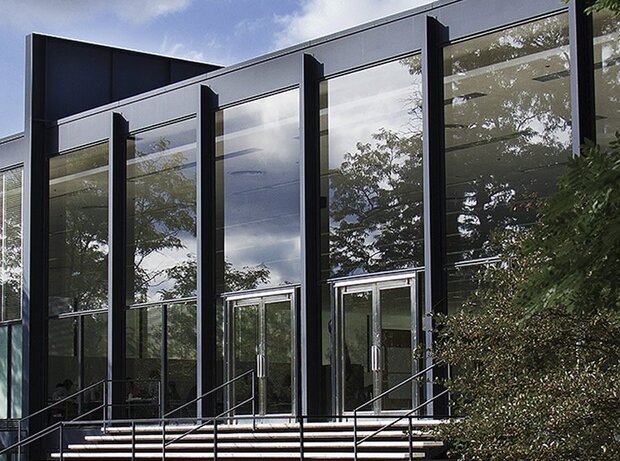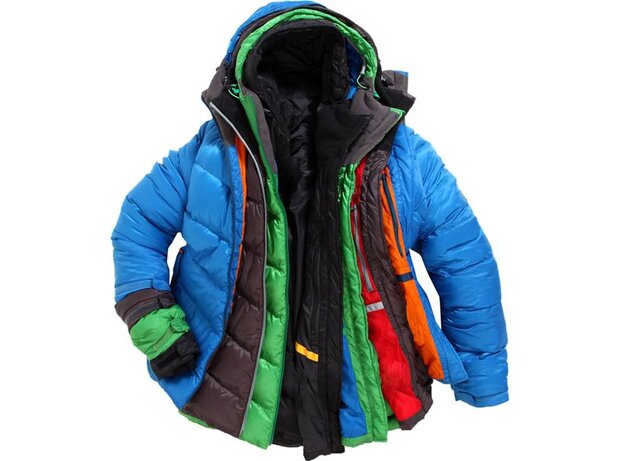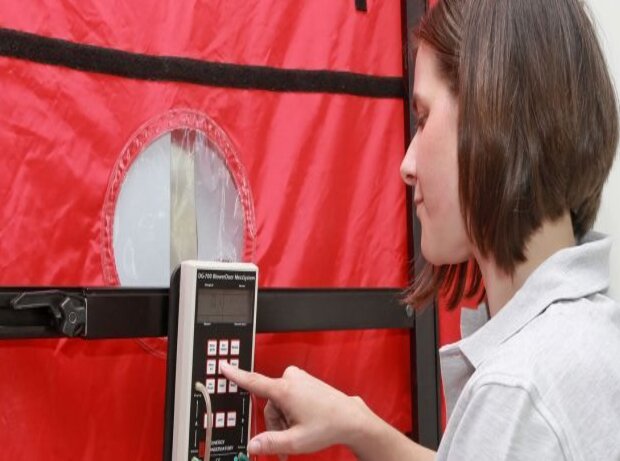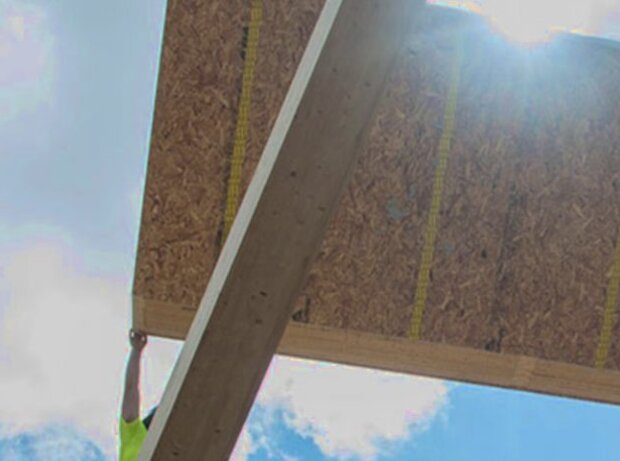
Hygrobrid® Membranes vs. Moisture Variable membranes
Smart membranes react to humidity—sometimes at the wrong time. Majrex® with Hygrobrid® Technology lets moisture out but not in, reducing risk of damage from trapped construction moisture.

The Problem with smart membranes
So called “smart” or “intelligent” membranes are known to adjust their vapour permeability based on the moisture content in the air. In areas with a high relative humidity, the membrane will open up and allow this moisture to enter or escape. You would think that this is a great feature; the membrane would open op when the moisture content in the structure is too high and it would close again when the humidity goes back to normal.
So what’s the problem?
Unfortunately in reality this reaction to the humidity, no matter on which side of the membrane, is actually the problem.
In many areas during construction, we see high humidity levels inside to which these “intelligent” or “smart” membranes react and become more permeable to moisture. During the wet trades in the construction phase, pouring of the screed and plastering of the walls the moisture variable membranes open and allow the moisture to pass into the wall or ceiling structure. This additional moisture can often get struck in the structure for several years where it is not meant to be and can create serious building damage. So we would need another solution that would protect the construction not only when it’s finished, but also during the construction as we would not want the roof to end up like this:

Example of building damage to a roof construction without appropriate protection during the construction phase.
This means: These so called “intelligent” vapour variable membranes are not as smart as you might have thought.
What did we learn from nature?
The cactus is a real master in survival. It manages to survive in the desert without much rain from the sky or moisture from the ground. So how does this little plant survive under such harsh conditions?
The secret: Moisture transportation in one direction!
Interesting studies showed that cacti can absorb moisture through its skin at night when the moisture in the air condenses. But during the day when temperatures rise high above 40 degrees Celsius, the cactus manages to keep all the moisture inside so it doesn’t wither and die. The skin of some cacti let moisture in – but not out.
This means that these cacti can distinguish between the directions. Such a clever plant, isn’t it?
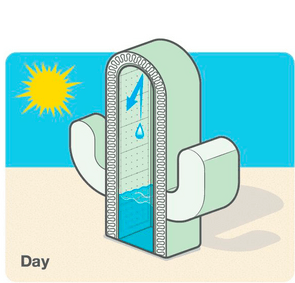
Hygrobrid® Technology explained
In the development of the patented membrane Majrex® we have taken the cactus as an example. SIGA developed a membrane that took all the advantages to control the moisture transportation in to one direction. This patented technology is called Hygrobrid®.
The development of an actual one directional membrane is a big step forward in building physics. We can now have the best of both worlds in one product:
- The high amounts of moisture from the inside does not pass into the wall cavity.
- At the same time, the moisture we have in it can easily pass through the membrane towards the inside where it is not harmful.
There’s no other product in the world like it… except the cactus of course.
You wonder in what kind of projects Majrex® is used?
Check out our latest project references using Majrex!
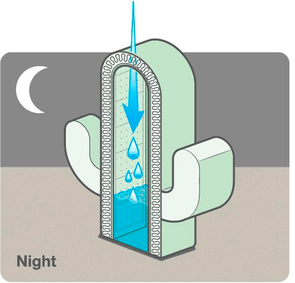

Stefanie Schaller
HR Marketing and Employer Branding Manager on a mission to position SIGA as a great employer. Outside of work, she enjoys immersing herself in the world of books, passionately practices yoga, and is a proud mum.

